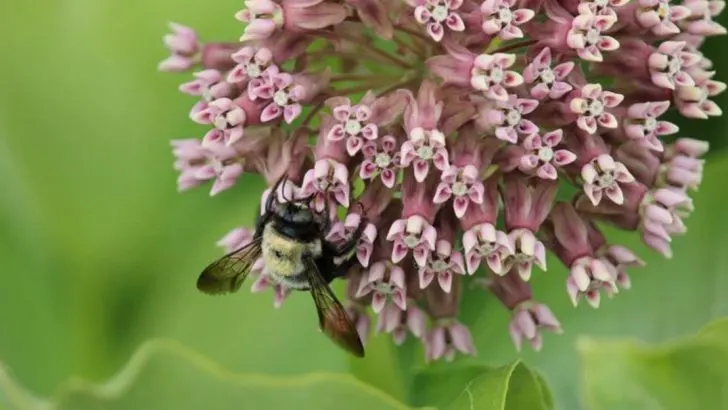The Northeast is rich in both natural beauty and gardening tradition, making it the perfect place to celebrate native perennials that have stood the test of time. These plants not only tell the story of the land’s ecological history but also play a critical role in supporting local pollinators like bees, butterflies, and hummingbirds. Growing them helps create vibrant, resilient gardens that honor the region’s deep-rooted past.
In this list, you’ll discover 15 native perennials that bring historical significance and vital pollinator support to Northeast gardens. These tough, beautiful plants thrive through the region’s seasons, connect you to the landscape’s heritage, and invite essential wildlife to make your garden truly come alive.
Eastern Red Columbine
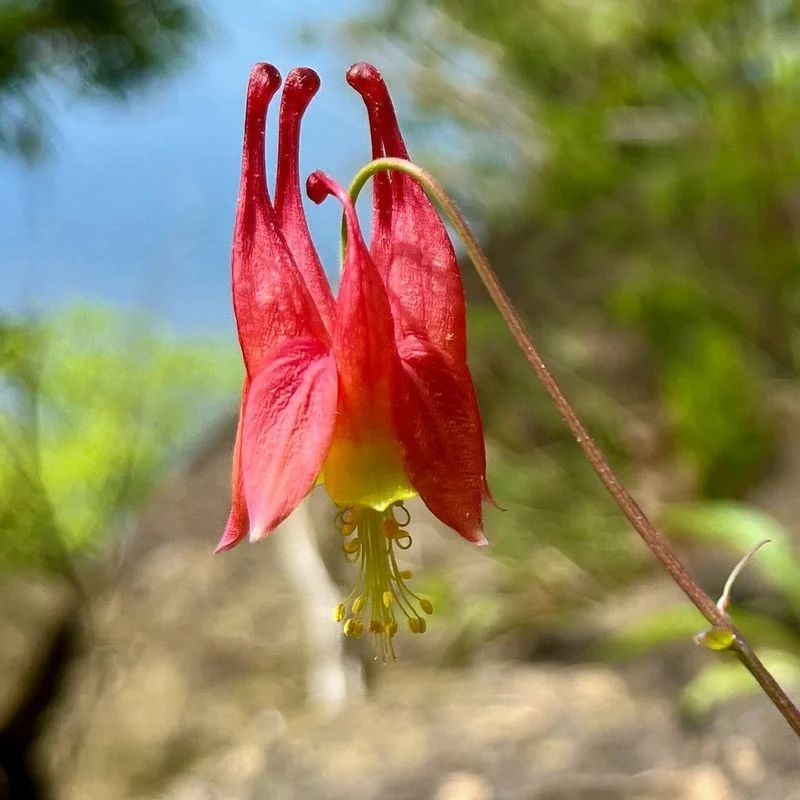
A garden gem with hanging red and yellow blossoms, Eastern Red Columbine attracts an array of pollinators. Its delicate, nodding flowers are a sight to behold, inviting hummingbirds with their nectar-rich centers. Historically, Indigenous peoples valued this plant for its medicinal properties, which adds a layer of historical intrigue.
Plant it in well-drained soil, and watch as it dances in the spring breeze. Its foliage stays attractive even after blooming, providing a lovely backdrop for other garden stars. Consider pairing with ferns for a natural woodland look.
New England Aster
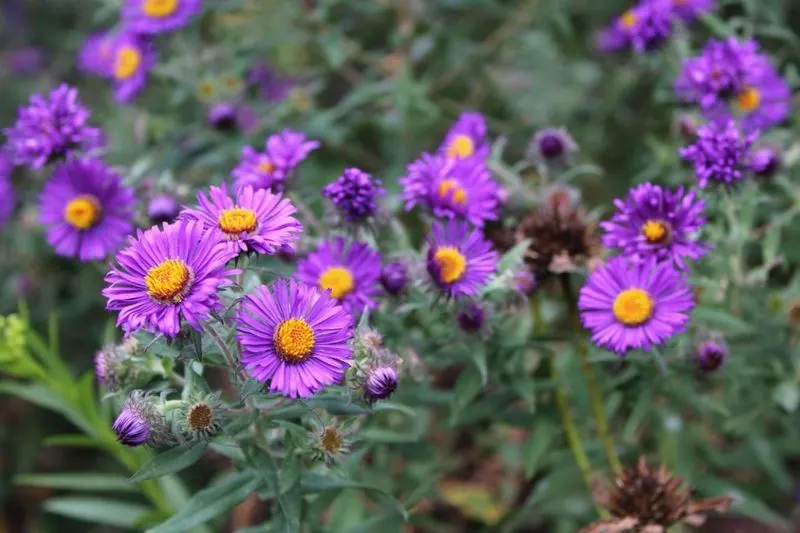
New England Asters offer a late-season burst of color with their deep purple petals and sunny yellow centers. These flowers are a magnet for monarch butterflies, providing nectar during their migration. Native Americans once used the plant for medicinal purposes, highlighting its utility beyond its beauty.
Position these asters in full sun to enjoy their vibrant display. As the days grow shorter, their blooms become a vital food source for insects preparing for winter. Their tall, graceful stems add vertical interest to any garden setting.
Coneflower
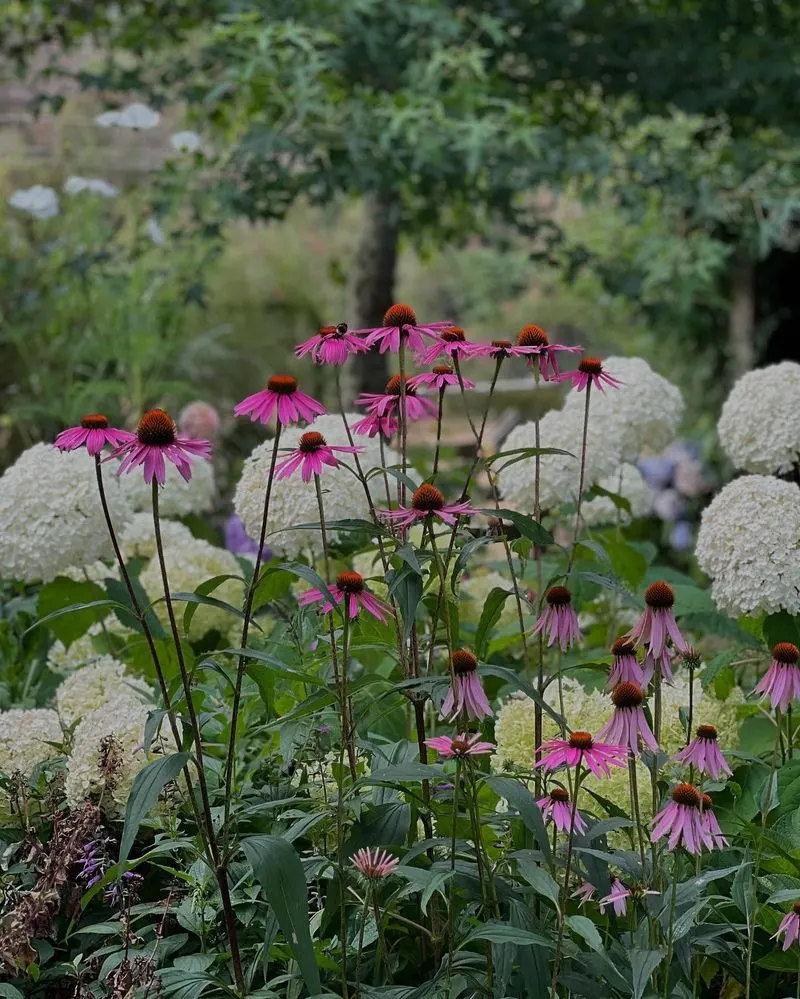
The resilient Coneflower stands tall with its signature cone-shaped centers and bright purple petals. Known for its robustness, this perennial thrives in various conditions while attracting butterflies and bees. Historically, it’s been used in traditional medicine for its supposed healing properties.
Coneflowers bloom from midsummer to fall, ensuring a long season of beauty. They’re drought-tolerant and low-maintenance, making them ideal for gardeners of all experience levels. Mix them with ornamental grasses for a prairie-style garden.
Black-eyed Susan
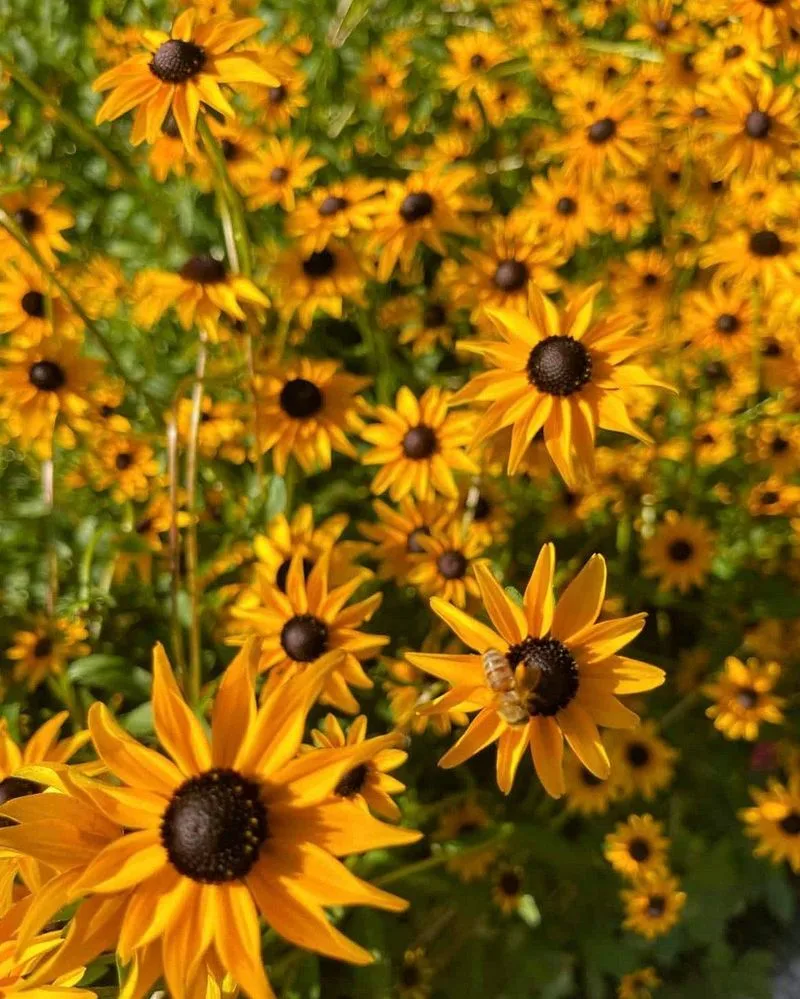
Bright and cheerful, Black-eyed Susans are a staple in Northeast gardens. Their golden petals radiate warmth, encircling a distinctive dark center. They are not only visually appealing but also play a crucial role in supporting pollinators.
Their historical significance is rooted in Native American cultures, where they were used for various remedies. Plant them in clusters for a sunny border that draws in butterflies and bees. These perennials are hardy and can thrive in less-than-perfect soil conditions.
Joe Pye Weed
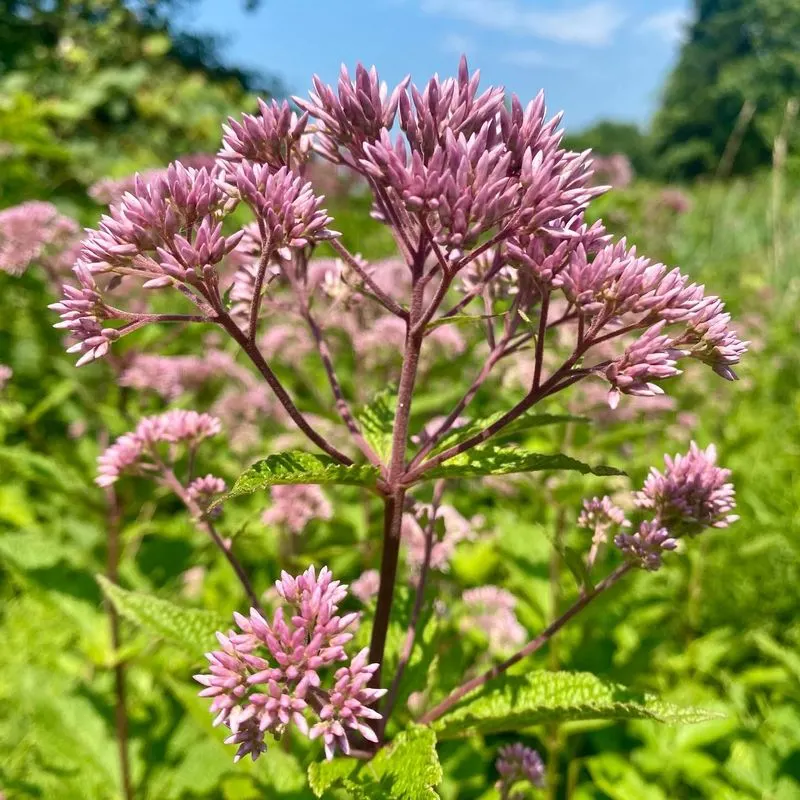
Joe Pye Weed towers with its majestic height and clusters of pinkish-purple flowers. This perennial is a favorite among butterflies and was historically used for medicinal purposes, named after a Native American herbalist.
Plant it in moist soil, and it will reward you with a stunning display from late summer into fall. Its stature makes it ideal for the back of borders, where it can rise above other plants. Consider it a living sculpture in your garden landscape.
Butterfly Weed

Butterfly Weed captivates with its fiery orange blossoms and its role as a host plant for monarch butterflies. This perennial’s eye-catching flowers are a beacon for pollinators, making it a must-have for eco-friendly gardens.
Beyond its visual appeal, it’s drought-tolerant and thrives in sunny spots. Historically, it was used by Native Americans for medicinal purposes. Plant it alongside milkweed for a vibrant pollinator paradise that supports butterfly life cycles.
Wild Bergamot
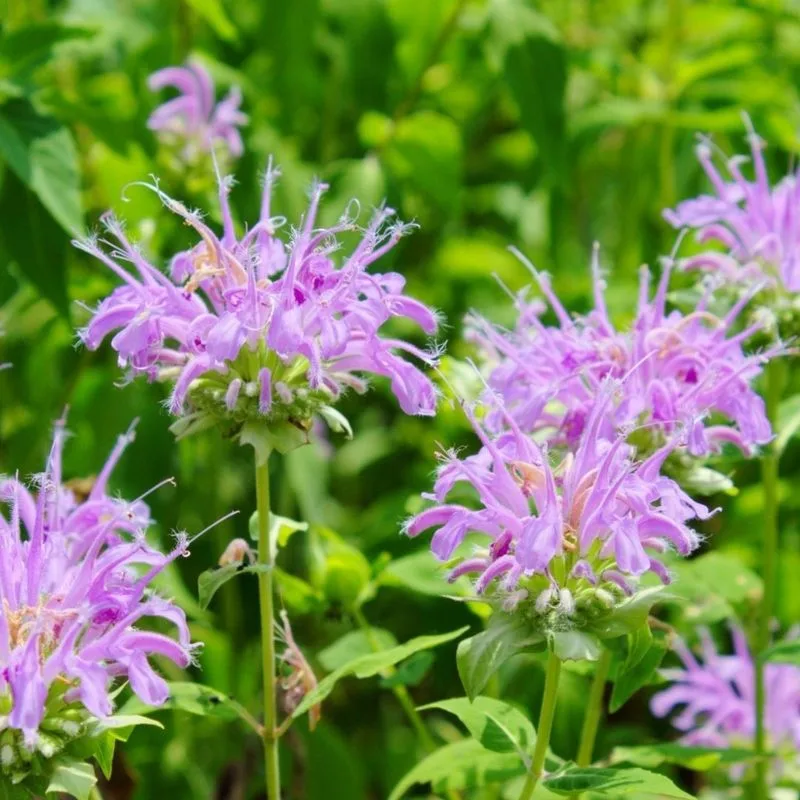
Wild Bergamot, with its lavender blooms and aromatic leaves, is a sensory delight in any garden. This perennial attracts bees and hummingbirds, offering a fragrant feast. Historically, it was used by Native Americans to make herbal teas and remedies.
Plant it where its fragrant foliage can be appreciated, perhaps near a seating area. It thrives in full sun to part shade and can tolerate drought, making it versatile in various garden settings. Pair it with grasses for a naturalistic feel.
Goldenrod
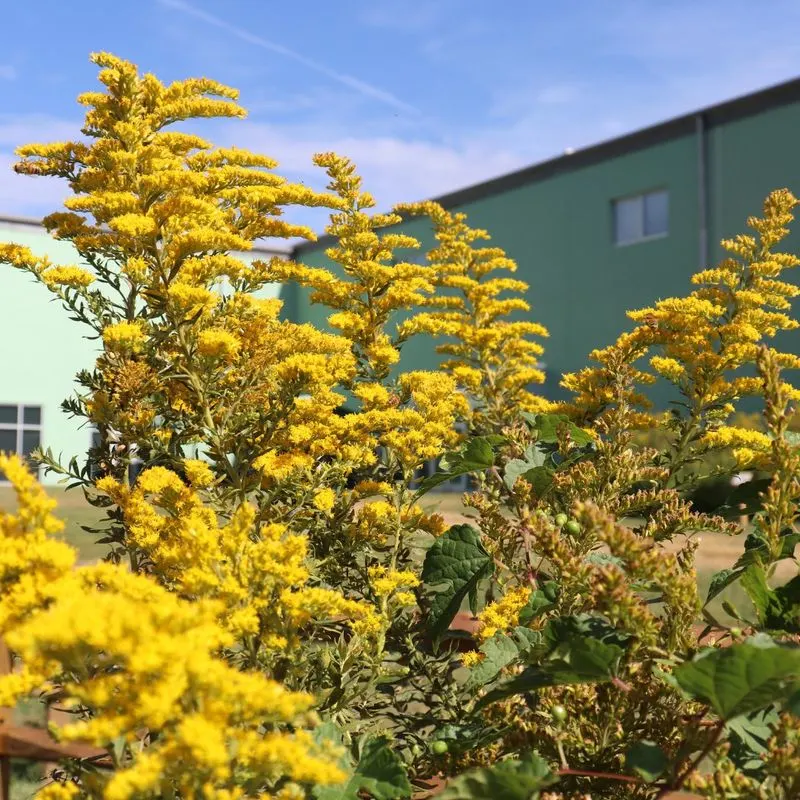
Goldenrod brings a golden glow to gardens with its bright yellow flower clusters. Often misunderstood as a cause of allergies, it’s actually a vital pollinator plant, providing late-season nectar for insects.
Historically, it has been used for its medicinal properties. Plant it in full sun, and it will thrive with minimal care, adding a splash of color as summer fades. Its tall, arching stems add movement and interest to garden borders.
Milkweed
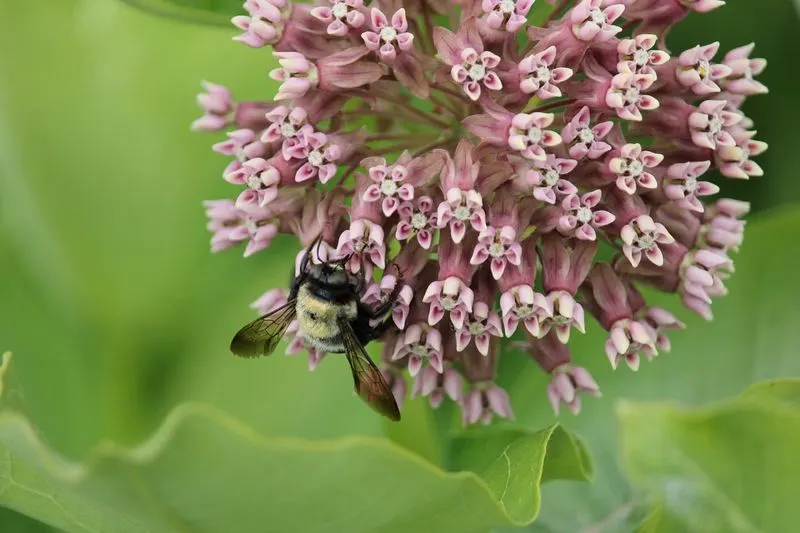
Milkweed is more than a plant; it’s a lifeline for monarchs. Its clusters of pink blooms are not only beautiful but essential for the butterfly’s lifecycle. This perennial has deep roots in folklore and history, once used for textiles and ropes.
Grow it in sunny, well-drained areas to create a butterfly haven. Its unique pods add interest even after the flowers fade. Consider it a cornerstone of any pollinator-friendly garden.
Blue Vervain
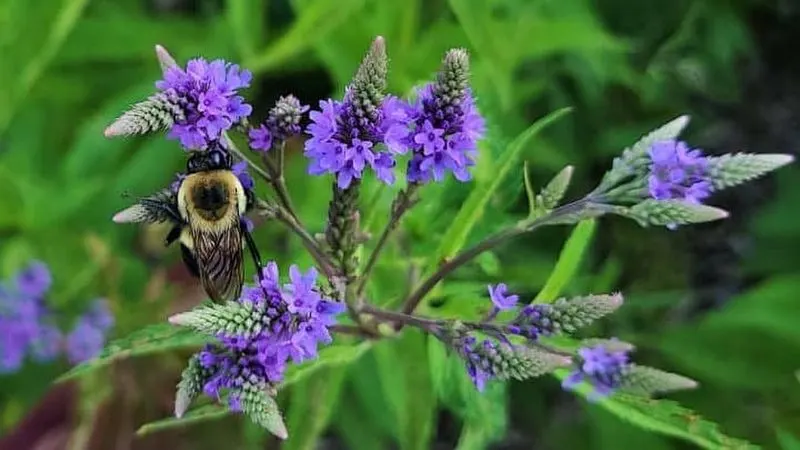
Elegant spires of Purple Verbena reach for the sky, attracting bees and butterflies with their vivid color. This perennial has a storied history, once prized for its supposed healing properties and as a symbol in various cultural rituals.
Plant it in wet areas, where it will thrive with little fuss. Its vertical presence adds a striking architectural element to gardens. Pair with other moisture-loving plants for a cohesive look.
Wild Lupine
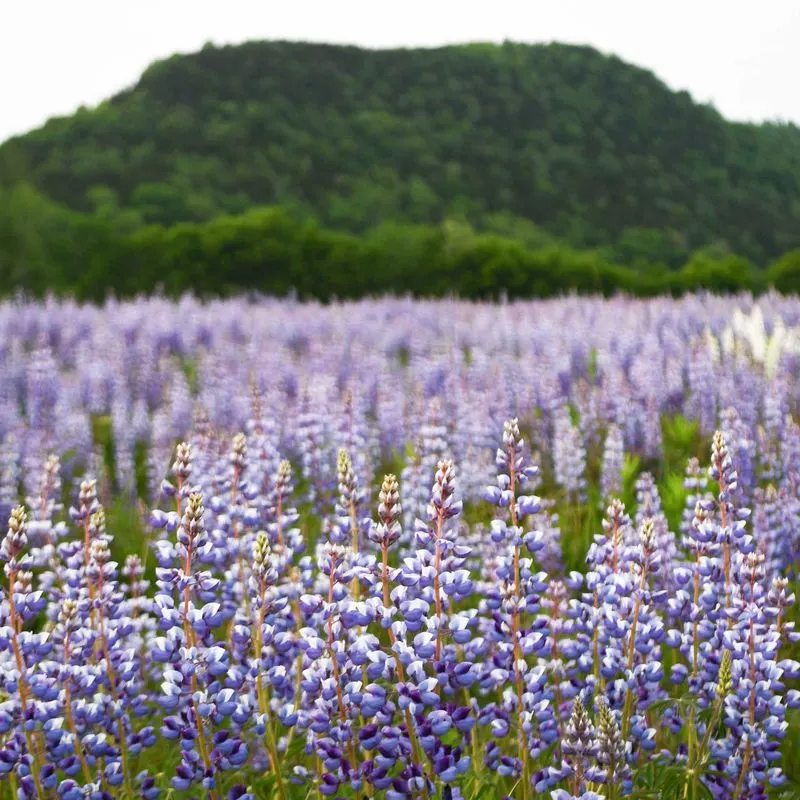
Wild Lupine paints the landscape with its striking spikes of purple-blue flowers. Not only is it visually stunning, but it plays a crucial role in supporting the endangered Karner blue butterfly.
Plant it in sandy soils, where it will flourish and fix nitrogen, improving soil health. The interplay of its vibrant blooms with surrounding greenery adds depth to any garden setting. Its historical use in soil enrichment is a testament to its ecological importance.
Cardinal Flower
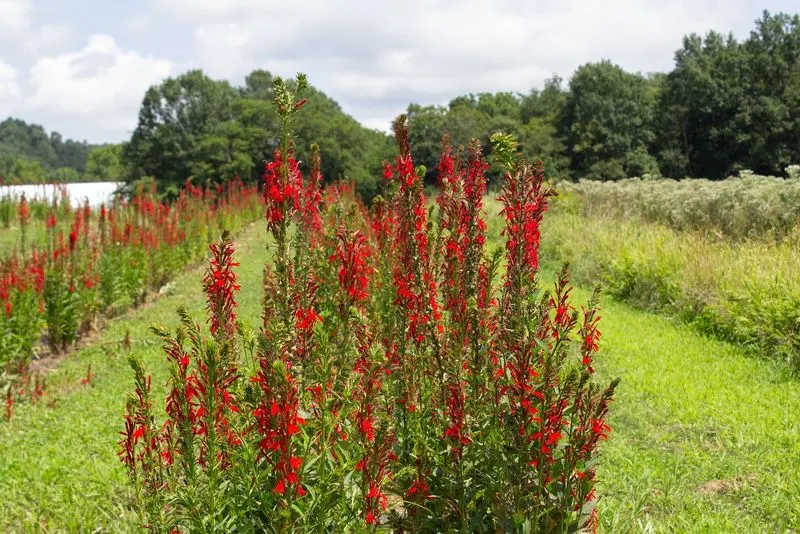
The Cardinal Flower’s scarlet blooms are a dramatic addition to any water garden or wetland edge. These flowers are a magnet for hummingbirds, drawn to their intense red color and tubular shape.
This perennial thrives in moist conditions and can create a spectacular display when massed together. Its vibrant hue and vertical form add a bold statement to garden compositions. Historically, it has been admired for its aesthetic appeal and ecological value.
Swamp Milkweed
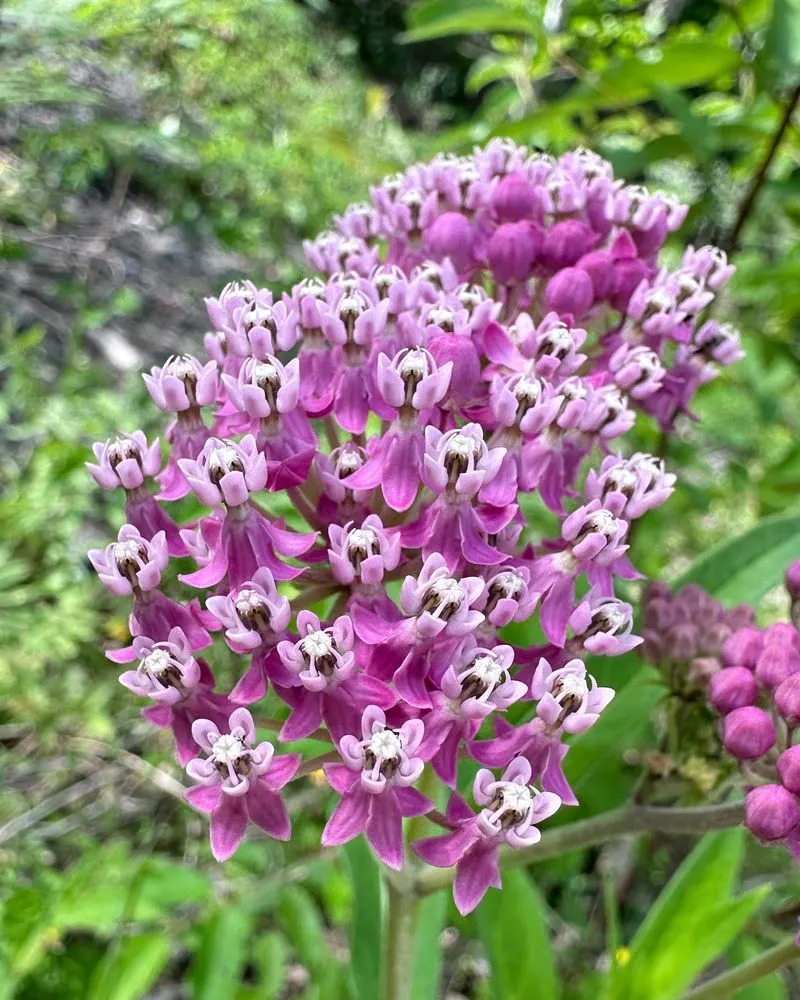
Swamp Milkweed graces wet areas with its delicate pink blooms, offering a haven for pollinators. This perennial’s fragrant flowers are especially attractive to butterflies, including monarchs.
Plant it along ponds or in boggy spots where it can thrive. Its ability to tolerate wet conditions makes it a versatile choice for challenging areas. Historically, it was used by Native Americans for various purposes, adding cultural richness to its ecological role.
Anise Hyssop
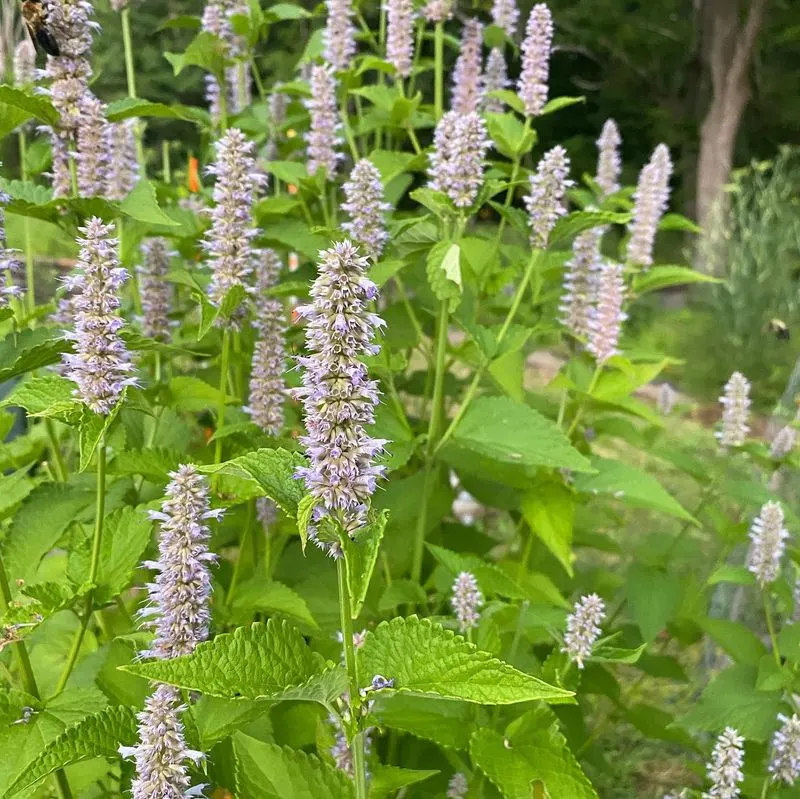
Anise Hyssop stands out with aromatic leaves and violet flower spikes that draw in a host of pollinators. Its licorice-scented foliage has made it a favorite in both culinary and herbal traditions.
Plant it in a sunny spot where its scent can be fully appreciated. It’s drought-tolerant and easy to grow, making it perfect for low-maintenance gardens. Historically, it was used to make teas and flavor foods, providing a dual-purpose in the landscape.
Wild Geranium
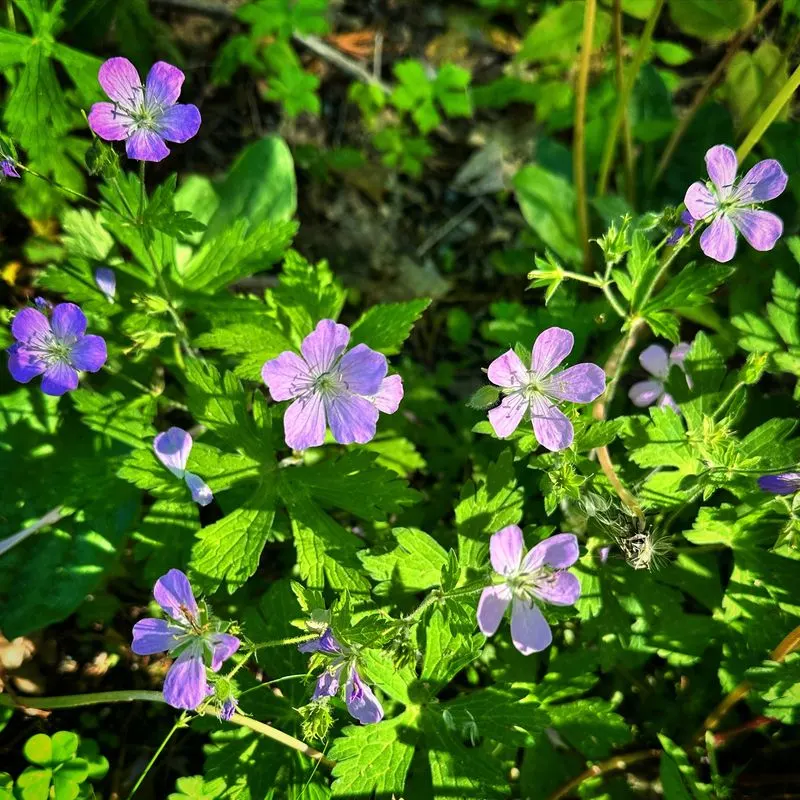
Wild Geranium adds charm with its soft pink flowers and attractive foliage. It thrives in wooded areas, providing a burst of color in shady spots. Beyond beauty, its roots and leaves were historically used in herbal remedies.
Plant it in dappled shade, where it will form a lush ground cover. Its adaptability and grace make it a cherished choice for naturalistic gardens. Consider pairing with ferns for a serene, woodland scene.

